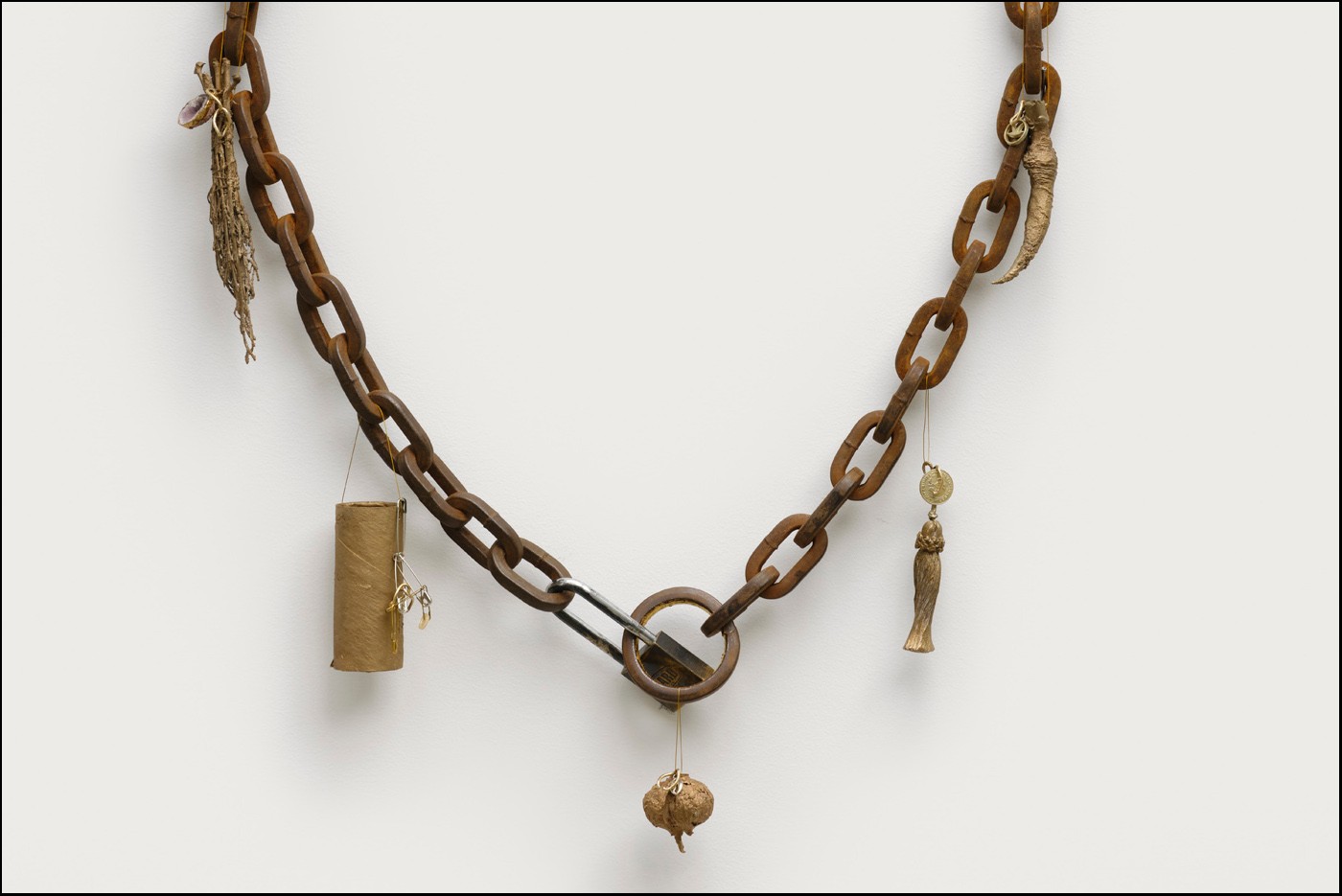REFLECTION: Sharp little things: On Elizabeth Zvonar’s Knock on Wood + Whistle
APRIL THOMPSON | April 5, 2022
“A hat-pin is a woman’s weapon of defence” wrote May E. Davis in an open letter to The Bennington Evening Banner in 1910.[1] She was protesting an ordinance that restricted the length of a woman’s hatpin. With the rise of suffragette movements, women — mostly white women — held increased autonomy across daily society. An unchaperoned woman could ride the streetcar, go to work, go to dinner, and come home late at night. This independence coincided with a rise in sexual assault and harassment, and to deal with it, women turned to their hatpins. Suddenly this adornment — previously unnoticed by men — became a weapon, a tool for self-possession hidden in plain sight. Laws were passed in Chicago, Milwaukee, Pittsburgh, Baltimore, and New Orleans, declaring that a women’s hat pin should not exceed six inches. In Sydney, Australia, sixty women went to jail for wearing sharp hat pins and refusing to pay fines.[2]
Elizabeth Zvonar, Apotropaic Magic, 2022, found chain, cast bronze charms, custom wall mount. Photo: Rachel Topham Photography
When I walked through Knock on Wood + Whistle my eye was drawn to the presence of tools used to fasten; safety pins, locks, tassels, picture-hanger hooks, clasps. Fasteners keep things in place and are often delicate, small, unseen, and sharp. Whether used in the sartorial or domestic realm, these tools have a particularly gendered history.
Across the exhibition, these delicate fastening tools are placed alongside heavy industrial fixtures like padlocks, chains, and hooks. In the piece History, Influence, New Bag (2022) a bronze cast handbag is suspended on a large hook and chain like those used in shipyards or freight. The materials used across the exhibition can be read as masculine or feminine — but they all form the language of construction, of assemblage. In Apotropaic Magic (2022), Zvonar displays a found chain pinned to the wall and adorned with cast bronze objects like garlic, amethyst, and sage. The work exists both as an industrial object and an oversized charm bracelet, a play on the associations that weight can have in the realms of adornment. Chains can connect but they can also bind; they can reel something upward or weigh something down. In works like this, Zvonar seems to meditate on material contradictions. She isn’t forcing a new language on these materials, she isn’t subverting or negating their associations. Instead, she allows these contradictions to coexist; material and social signifiers are given space to both float and anchor.
Elizabeth Zvonar, Knock on Wood + Whistle, Installation documentation, Audain Gallery. Photos: Rachel Topham Photography.
Having space like this around the works allowed me to explore my own associations and obsessions which brings me back to the pins. In conversations I’ve had with women about self-defence, we talk about how we can’t remember when we learned to carry our keys pointed between our fingers like a weapon. We text each other when we get home safe late at night, the implication of this ritual being the message: I’m still alive. Recently, when a friend went on a date with a stranger, she sent me a pin of her live location. I stared at that stupid little pin and saw the sharpness women still carry today.
On February 14th the annual Women’s Memorial March was held in the Downtown Eastside on unceded Coast Salish territory, as it has been since 1992. The ceremony and march, organized and led by women and nonbinary people, continues to honour the lives of the missing and murdered who were last seen in the Downtown Eastside: a disproportionate number of which are Indigenous women, girls, Two-Spirit and trans people. The march is a ritual to honour their lives, but also to show solidarity toward seeking justice and accountability because, in Canada, gendered violence and racism is still sharp, hidden in plain sight. I watched the march as it passed by the intersection of Abbott and Hastings Street, a block away from where Zvonar’s exhibition was on display. If white women still carry sharpness around a hundred years after hat-pin peril, Indigenous women, women of colour, and trans people experience gendered violence in even more nuanced and enduring ways. Community organizing has given space for this to be seen and named, while government inaction remains on the 231 calls to justice from the 2019 National Enquiry into Missing and Murdered Indigenous Women and Girls.
I think about all the charms and pins that have hung on every person who has experienced gendered violence under patriarchy. Piled up and placed on a scale, it would weigh the same as those industrial chains, those rusted links, it would weigh even more. I don’t think it’s a coincidence that I noticed all the sharp little things in Elizabeth Zvonar’s exhibition. They made me realize that it’s not enough to talk about adornment if we can’t talk about its shadow, defence.
April Thompson is a writer currently based on the unceded territory of the Sḵwx̱wú7mesh, Səl̓ílwətaʔ/Selilwitulh, and xʷməθkʷəy̓əm Nations, in Vancouver. Her practice is guided by critical investigations of photography and the moving image, spatial politics and new media.
---
[1] The Bennington evening banner. (Bennington, Vt.), March 4, 1910. Chronicling America: Historic American Newspapers. Lib. of Congress: https://chroniclingamerica.loc.gov/lccn/sn95066012/1910-03-04/ed-1/seq-3/
[2] Karen Abbott, “The Hatpin Peril” Terrorized Men Who Couldn’t Handle the 20th-Century Woman,” in Smithsonian Magazine, April 24, 2014: https://www.smithsonianmag.com/history/hatpin-peril-terrorized-men-who-couldnt-handle-20th-century-woman-180951219/

